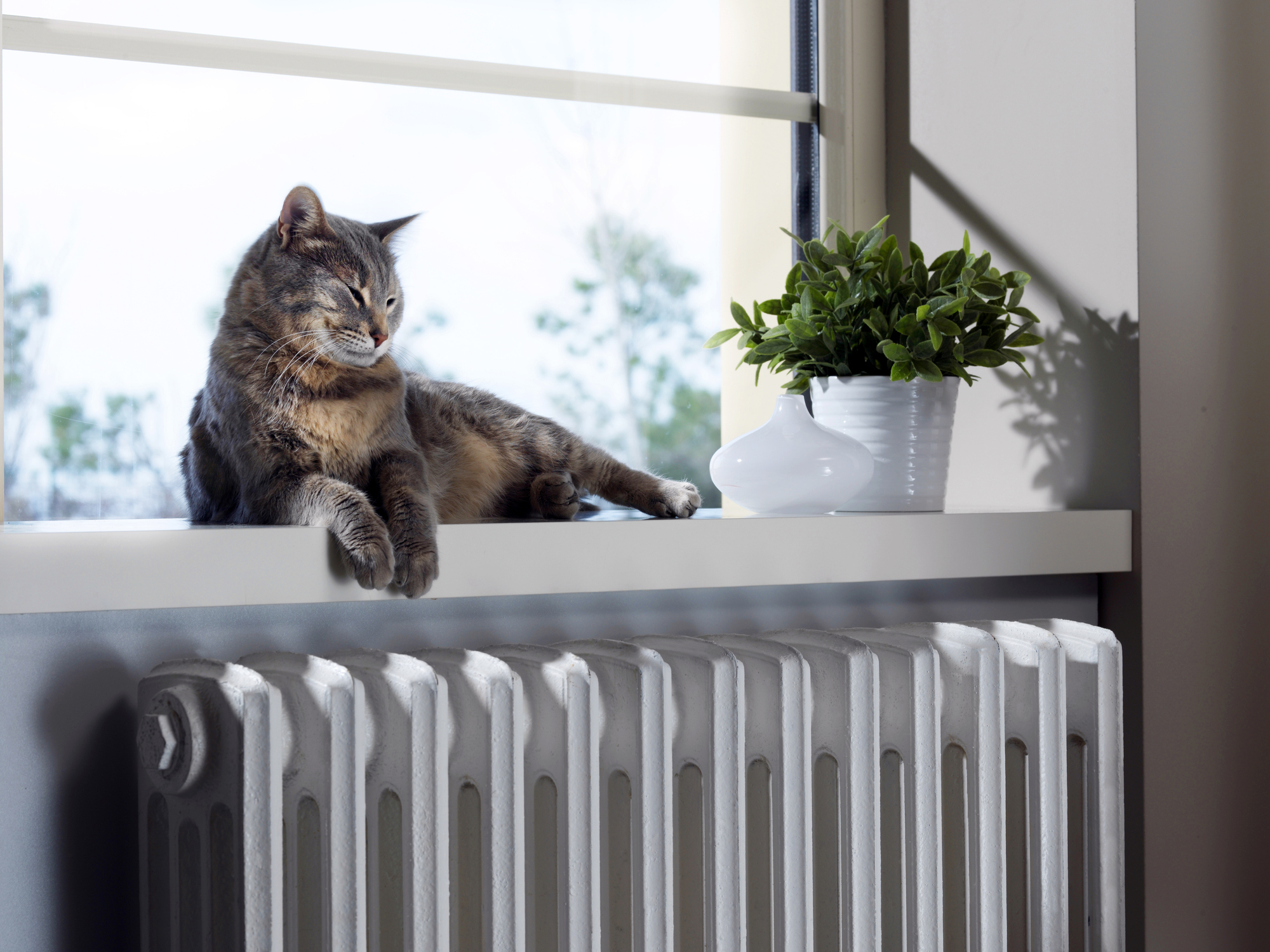About a third of all the heat lost in an insulated home escapes through the walls. By adding insulation here, you could save energy and cut costs off your heating bill.
Houses in the UK mostly have either solid walls or cavity walls.
If your house was built after the 1920s, it is likely to have cavity walls. A cavity wall is made up of two walls with a gap in between, known as the cavity, which can be filled with insulation.
Older houses built before 1920 are more likely to have solid walls. A solid wall has no cavity; each wall is a single solid wall, usually made of brick or stone.
While a solid wall can’t be filled with insulation, it can be insulated either from the inside or outside. This will cost more than insulating a cavity wall, but the savings on your heating bills will be bigger.
Find out more about wall insulation in our advice pages on how to insulate a solid wall or cavity wall.

